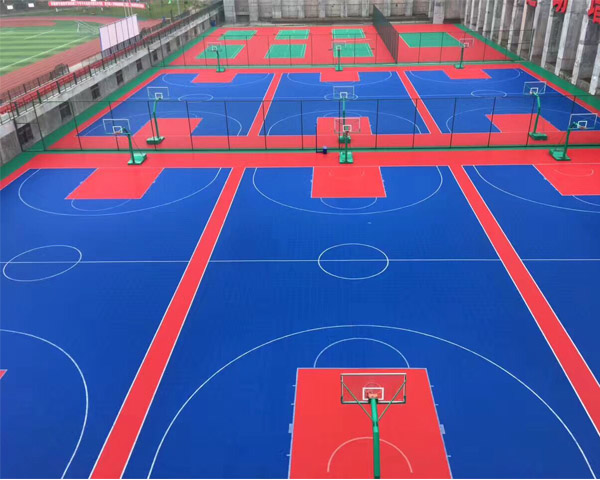Aug . 19, 2024 13:08 Back to list
Designing a Perfect Running Track for Athletes and Fitness Enthusiasts
The Importance of a Well-Designed Running Track
Running is one of the most accessible forms of exercise, and having a proper running track can significantly enhance the experience for both amateur joggers and professional athletes. A well-designed running track serves not just as a venue for training, but also as a hub for community engagement, promoting a culture of health and fitness.
The Anatomy of a Running Track
A standard outdoor running track is typically an oval shape, measuring 400 meters around the inside lane. The surface of the track plays a crucial role in its usability; materials such as polyurethane or an appropriate type of rubber provide better shock absorption compared to traditional asphalt. This elasticity minimizes the impact on joints, reducing the risk of injuries such as stress fractures or shin splints. Additionally, tracks are often designed with colored lanes, with the innermost lane commonly reserved for elite runners.
The track is typically divided into lanes that are 1.22 meters wide, allowing for separation between runners. This design is not just practical; it also enables competitive events to run smoothly, as runners can establish their pace without interference. Furthermore, proper signage and clear markings for distance are essential for helping athletes gauge their performance, facilitating pacing strategies during both training and competition.
Accessibility and Community Engagement
A well-maintained running track is a vital community resource. Many schools and local parks allow public access to their tracks, welcoming individuals of all ages and fitness levels. This accessibility encourages people to step outside, connect with nature, and engage in physical activities. Local running clubs often utilize these tracks for group training sessions, fostering camaraderie among participants and promoting a supportive environment for achieving fitness goals.
tan running track

Moreover, hosting community events such as fun runs, charity races, or school competitions can effectively unite neighborhoods. These events encourage healthy competition while raising awareness for various causes. They allow participants to set personal benchmarks and connect with others, reinforcing the social aspect of fitness.
Health Benefits
The benefits of using a running track extend beyond mere convenience; they have a profound impact on physical health. Regular running or jogging strengthens the cardiovascular system, helps maintain a healthy weight, and improves overall endurance. The controlled environment of a track offers a safer alternative to running on sidewalks or trails, where uneven surfaces and vehicle traffic can pose risks.
Additionally, many tracks are equipped with facilities such as water fountains and rest areas, encouraging runners to stay hydrated and take breaks when needed. These amenities make the track an appealing choice for individuals looking to maintain a consistent exercise regimen without facing the risks often associated with outdoor running.
Conclusion
In conclusion, the role of a well-designed running track cannot be overstated. It serves as a crucial component of any community focused on promoting health, fitness, and engagement. The accessibility, safety, and supportive environment offered by a running track make it a beloved facility for both individual runners and groups. Whether training for a marathon or simply enjoying a leisurely jog, the running track is a foundational element of a healthy lifestyle, making it an indispensable asset in today’s society. As more communities invest in these spaces, we can expect a positive ripple effect on public health and well-being.
-
Sport Court Tiles with AI Innovation | Durable & Safe
NewsAug.01,2025
-
Vinyl Carpet Flooring | Durable & Waterproof Design
NewsJul.31,2025
-
Premium Basketball Board Stand with GPT-4-Turbo AI
NewsJul.31,2025
-
Premium Maple Flooring for Gyms & Homes | PVC & Vinyl Options
NewsJul.30,2025
-
Premium Outdoor Basketball Court Tiles for All Weather Use
NewsJul.30,2025
-
Durable Basketball Board Stand for Indoor & Outdoor Use
NewsJul.29,2025

